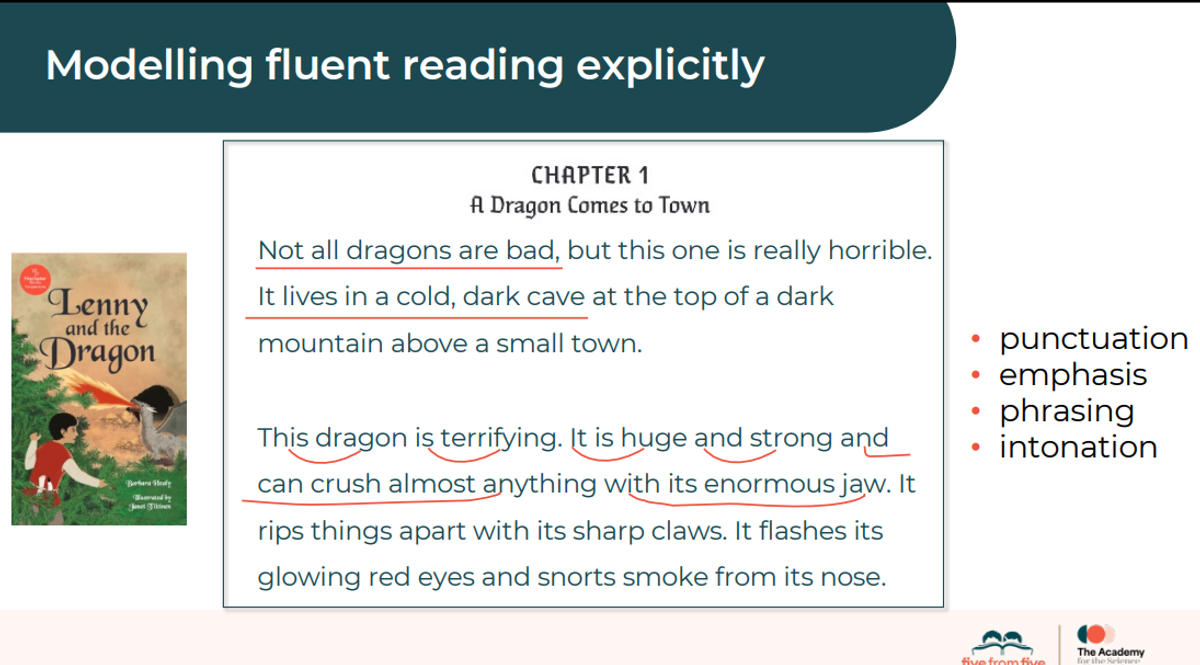Deputy News

Professional Learning at Sacred Heart
At Sacred Heart, our staff engage in a rigorous cycle of professional learning. This week, our focus was on reading, highlighting the essential skill of fluency. Our sessions typically begin with research to deepen understanding. In a recent blog, Professor Pam Snow reflects on the 20th anniversary of the 2005 National Inquiry into the Teaching of Literacy (NITL), which outlined evidence based methods for teaching reading. Despite its clear recommendations, policymakers largely ignored its findings, slowing progress in literacy education.
In contrast, health professionals acted swiftly on similar evidence about sudden infant death syndrome (SIDS), dramatically reducing cases. Had education followed suit, literacy rates might be stronger today.
At Sacred Heart, we have strengthened our instructional model and built internal expertise to ensure high quality teaching practices. While we continue to engage with external experts when needed, we are now largely self sufficient in delivering professional learning and this is because our staff are heavily invested in improving their knowledge often at time during out of school hours. This approach allows us to apply the latest research effectively, ensuring the best outcomes for our students.
The National Reading Panel identified five key components at the core of an effective reading instruction program: phonemic awareness, phonics, fluency, vocabulary, and comprehension. These concepts are known as the five pillars of early literacy and reading instruction.
Fluent reading is defined as accurate reading, at an appropriate rate, and with suitable expression. Reading fluency is a key component in both reading and learning to read. Fluency is essential, as it requires the rapid use of punctuation and an understanding of where to place emphasis or pauses to make sense of the text. Readers must interpret these elements quickly and automatically, often without conscious attention.
Evidence-based instruction requires fluency to be taught through focused and intentional practice. Key strategies for developing reading fluency include modelling fluent reading for students and providing repeated reading practice of written passages, along with assistance and coaching throughout the process.
At Sacred Heart, fluency is taught daily in Prep to Year 2 and at least three times per week in Years 3-6. After whole-class explicit instruction, our staff use paired fluency, a strategy that helps students develop accuracy, speed, and expression. In this approach, students work in pairs, taking turns reading aloud while providing feedback and support. This collaborative method strengthens reading fluency and builds confidence, ensuring all students develop essential literacy skills.
Fluency can develop and become automatic at different levels, including phoneme-grapheme (sound-letter), word, sentence, and text level. This allows for differentiation, as students are paired with peers of similar ability.
Our Prep students have begun developing fluency as part of their daily literacy sessions. Using a letter strip, they take turns matching sounds to letters they recognize. This week, they participated in an 'Apples and Bananas' activity, where Partner A and Partner B work together to identify and share sounds.
As one of our teachers shared during Professional Learning, when asked for feedback on fluency, "It’s like little birds going cheep, cheep, cheep. Everyone knows what is happening—they are reading, and then they give feedback to each other."
To quote Pam Snow, "I hope that commentators in another 20 years' time will be reporting on transformed respect for evidence, meaningful knowledge translation, and most importantly, dramatic data shifts that show we value children's futures as much as their lives."
At Sacred Heart, we are committed to research and evidence-based practices that prioritise children's futures and their learning pathways.
At 1:45 p.m. on Friday afternoon, I received a message to head down to Year 3. After a full week of NAPLAN, they were excited to share their writing. They had been reading the novel Matilda and focusing on corporal punishment and high-modality words (for those wondering, these words include absolutely, definitely, and certainly).
Kate Stroud
Deputy Principal




